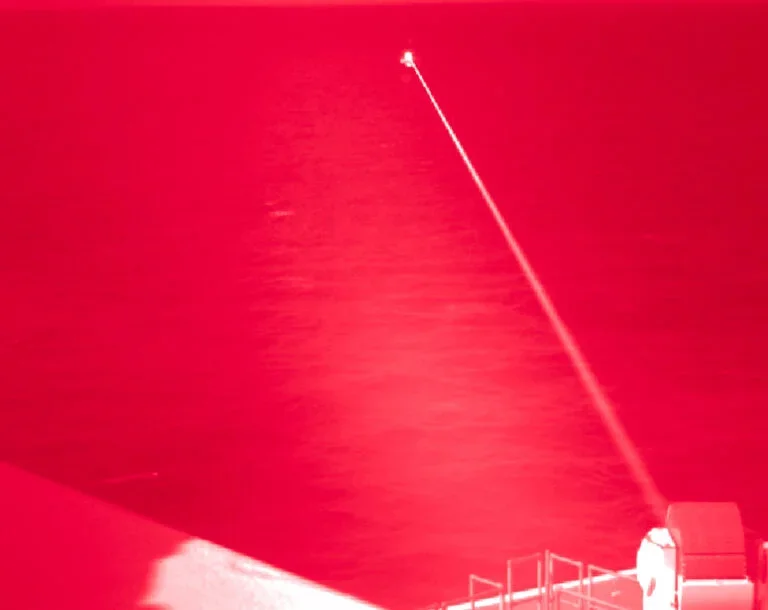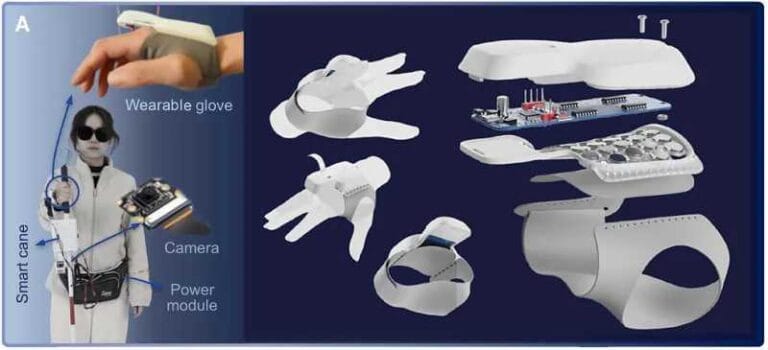DARPA funds innovative quantum laser project

The Defense Advanced Research Projects Agency (DARPA) has awarded a $1 million grant for the development of a groundbreaking quantum laser prototype that could overcome major limitations of current laser systems. The project, led by researchers at Washington University in St. Louis, aims to leverage the bizarre quantum phenomenon of entanglement to create lasers capable of maintaining integrity over vast distances and in harsh conditions.
At the heart of the endeavor is harnessing the unique correlations that arise when subatomic particles become entangled according to the principles of quantum theory. “Quantum entanglement is a correlation between photons,” explained Associate Professor Jung-Tsung Shen, who heads the research team. “We are trying to exploit the property of entanglement to do something innovative.”
Researchers are pursuing an innovative strategy to create robust optical communications. Their technique revolves around a novel “quantum photonic-dimer laser” capable of producing entangled photon pairs at distinct wavelengths.
This dual-color light beam exhibits enhanced resilience because the inherently connected photons can partially safeguard each other’s encoded information, even when subjected to atmospheric disturbances that would typically corrupt the data stream. By leveraging the quantum-mechanical properties of entanglement, the team aims to develop more reliable free-space optical links impervious to environmental disruptions.
“Photons encode information when they travel, but the travel through the atmosphere is very damaging to them,” Shen said. “When two photons are bound together, they still suffer the effects of the atmosphere, but they can protect each other so that some phase information can still be preserved.”
If successful, Shen believes they can generate an unprecedented rate of 1 million entangled photon pairs per second using advanced algorithms for detecting the quantum correlations. By combining graduate student Qihang Liu’s expertise with colleagues from Texas A&M’s quantum engineering institute, the team hopes to unlock technological capabilities previously thought impossible.
The military implications are driving much of the interest, as laser systems could transform battlefield communications, surveillance and weapons platforms. Shen notes the project “is just the tip of the iceberg” in exploiting quantum entanglement, which he says can “do many things that we can only dream of.”
Indeed, armed forces have aggressively pursued laser technologies in recent years. The U.S. Air Force is testing airborne and counter-drone laser systems, while the Navy successfully test-fired a high-energy laser in 2022. This March, the Army even deployed an offensive laser weapon system to the Middle East.
But the potential applications extend far beyond the military realm. “The unique thing about this project is its dual focus on generating these novel strongly correlated quantum photonic states and developing the theoretical framework and advanced algorithms for their efficient detection, potentially revolutionizing quantum imaging and communication,” said Shen.
Areas like quantum computing, encrypted communications, and high-resolution imaging and sensing could all be transformed by entangled photon laser breakthroughs. The technology may allow quantum sensors to discern minuscule details with stunning clarity by harnessing the sensitivity of quantum correlations.
Of course, the two-year DARPA grant is just an initial step on what may be a long journey of research and engineering. Producing a working prototype quantum laser dimer will require overcoming major scientific hurdles related to reliably generating, manipulating, and detecting the delicate entangled quantum states.
- See also: Caterpillar robot developed by engineers
Yet the prospect of realizing such powerful quantum laser capabilities has researchers like Shen energized about the future potential. “The entanglement can do many things that we can only dream of — this is just the tip of the iceberg,” he stated.
While still in its infancy, the cutting-edge field of quantum photonics and entangled laser systems is rapidly progressing. The DARPA-funded project represents a promising avenue toward unleashing transformative quantum-enhanced laser technologies for industries and militaries alike in the coming years and decades.






